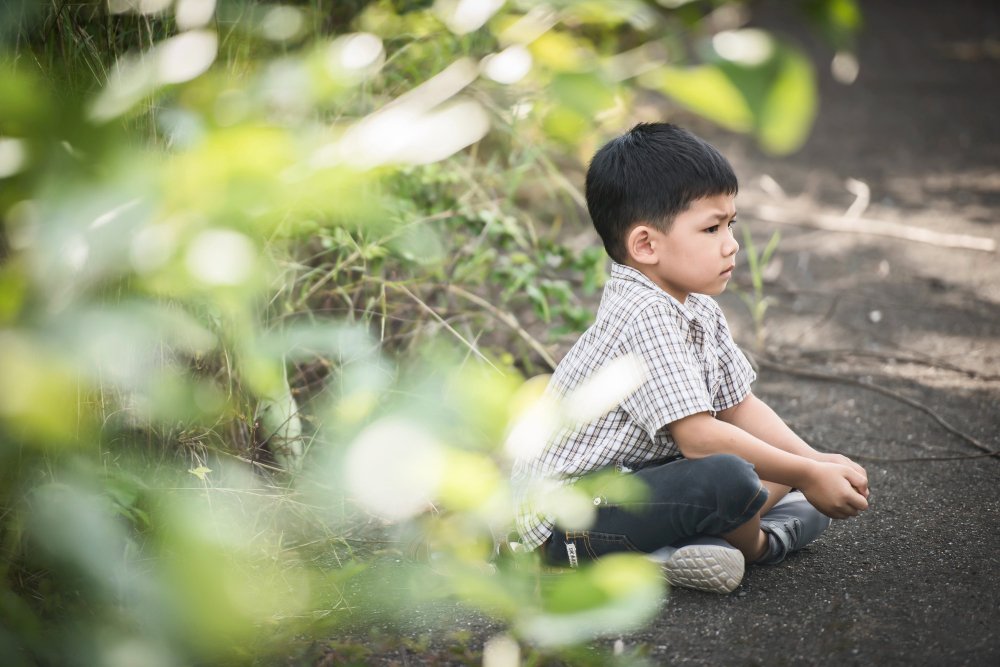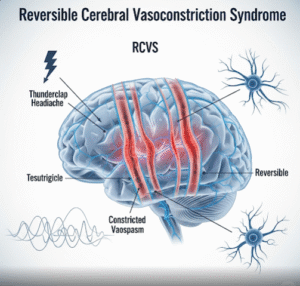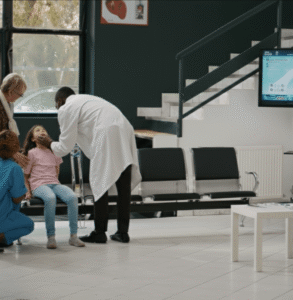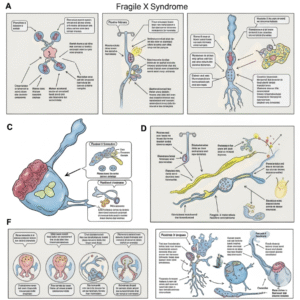Overview
Children and depression is a growing mental health concern worldwide, including in Korea. Childhood depression goes beyond occasional sadness and affects a child’s daily functioning, relationships, and development. In Korea, where academic and social pressures are high, mental health awareness among children and adolescents is increasing, and specialized treatment programs are becoming more available. Early diagnosis and support are crucial to prevent long-term complications.
What is Childhood Depression?
Childhood depression is a serious mood disorder that causes persistent sadness, loss of interest in activities, irritability, and withdrawal in children and teenagers. Unlike temporary mood swings, depression in children is more intense, long-lasting, and can interfere with school performance, friendships, and family life.
Symptoms
- Persistent sadness or frequent crying
- Irritability or anger outbursts
- Loss of interest in play, hobbies, or social activities
- Changes in appetite or weight (increase or decrease)
- Trouble sleeping or excessive sleeping
- Low energy, fatigue, or restlessness
- Difficulty concentrating or poor school performance
- Feelings of worthlessness or guilt
- Withdrawal from family and friends
- In severe cases, thoughts of self-harm or suicide
Causes
- Biological factors: Imbalance of brain chemicals (neurotransmitters)
- Genetics: Family history of depression or mental illness
- Environmental stress: Bullying, family conflict, abuse, or neglect
- Social pressures: Academic stress, peer pressure, or social isolation
- Medical issues: Chronic illness, hormonal changes, or neurological disorders
Risk Factors
- Family history of depression or other psychiatric disorders
- Stressful home environment (divorce, conflict, poverty)
- Academic and social pressure (especially common in Korea’s competitive school system)
- Experiences of trauma or abuse
- Chronic medical conditions
- Lack of social support or close friendships
Complications
- Poor academic performance
- Social withdrawal and difficulty maintaining friendships
- Increased risk of substance abuse in adolescence
- Higher risk of anxiety disorders and other mental health conditions
- Suicidal thoughts or self-harm
- Long-term impact on brain development and emotional well-being if untreated
Prevention
- Encouraging open communication within the family
- Building strong emotional support systems at home and school
- Reducing academic and social pressures where possible
- Promoting healthy lifestyle habits (balanced diet, exercise, sleep)
- Teaching children coping skills and resilience
- Early mental health screening and counseling in schools
Treatment Options in Korea
Korea has been investing in child and adolescent mental health services, though stigma around mental illness still exists. Major hospitals and specialized clinics now provide evidence-based treatments.
1. Diagnosis
- Conducted by child psychiatrists and psychologists
- Includes interviews with parents, teachers, and the child
- Psychological tests and behavioral assessments
2. Psychotherapy (First-line Treatment)
- Cognitive Behavioral Therapy (CBT): Helps children change negative thought patterns and improve coping skills.
- Play Therapy & Art Therapy: Allows younger children to express emotions through creative activities.
- Family Therapy: Improves communication and support within the family.
3. Medication (When Necessary)
- Antidepressants (e.g., SSRIs) may be prescribed for moderate to severe depression under close medical supervision.
- Medication is combined with therapy for best results.
4. School-Based Support
- Counseling programs within Korean schools
- Collaboration between teachers, counselors, and parents to monitor mental health
- Academic accommodations for children struggling with depression













